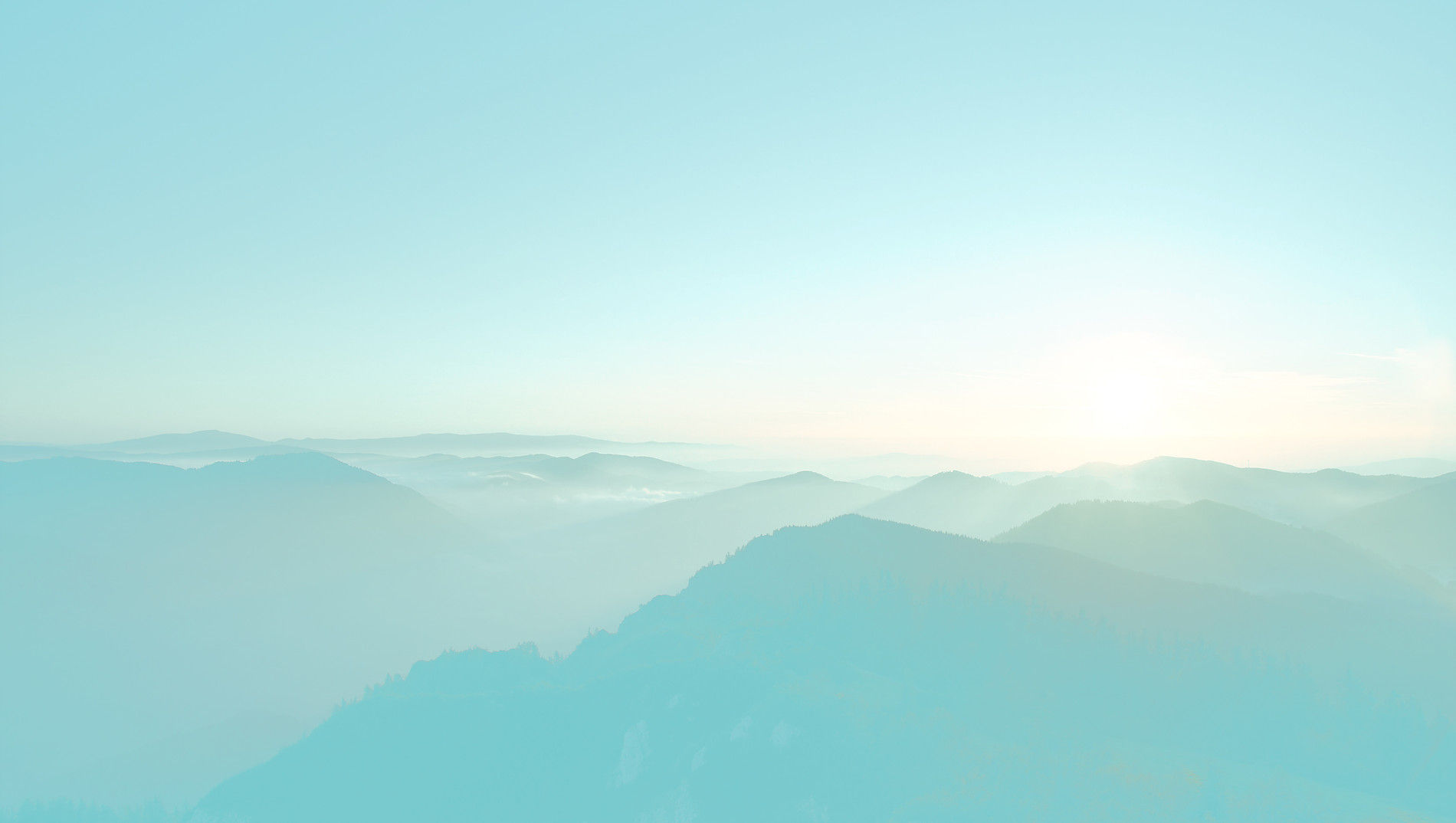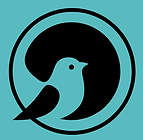Alchemy, Art and Knowledge That Matters and Connects: Everyday Magic, Days 212-213
- Caryn Mirriam-Goldberg
- Feb 17, 2011
- 2 min read
Updated: Sep 30, 2023

Teaching at Université du Québec à Rimouski, she works with undergraduates and graduates, encouraging them to find this knowledge. In her previous shape-shifting ways, she served Goddard as a student, faculty member, founder and program director of the MFA in Interdisciplinary Arts, and academic dean, continually looking at epistemology — how we know what we know — and transformative practices, particularly as they relate to the arts, that transform the artist through the process of creation and discovery.
Danielle contextualizes transformative practices by looking at third-person, second-person and first-person research and knowledge. Most traditional academic fields focus on third-person research: finding out what people think, know or do on a particular topic, compiling and analyzing data. “In my own world, I have this huge criticism of the scientific paradigm and third person research and knowledge that can be stored, that can be written down, that can be transmitted,” Danielle explains. Instead, she recommends looking at what you want to know, why it’s important to you to learn this, and what it means to you — first-person research — as well as what/who you are in relationship to, the conversation between you and this other, and what happens in the space between you — second-person research. One of the writing prompts she often employs is “Je souviens…” — “I remember…” — to help people bring to the page what they’ve lived.
“The knowledge that we’re looking for is the knowledge that really informs the world, and informs our lives,” she says. “The key sentence I give to all my students is, ‘There is no knowledge without the knowledge of knowledge.'”
As an artist, scholar, musician, composer and writer, Danielle thinks in terms of alchemy: “A way of knowing that uses matter and material transformation as a way to know things. It cannot be abstract. It has to be felt, it has to be experienced….It is this notion of art as a way of knowing that I’m always after.” She explains that the origins of art as a way of knowing go back to the first humans and our inate intuition. “If we go back to 100,00 years ago, the Neandrethals had the belief there was something else [besides what they could see], a whole theory of art based on the belief in the invisible….They had the intuition that there is something to be read in what they see. If they see charred bones, they’re looking at them and thinking they must say something. That intuition has been with human beings throughout the entire history. That’s the connection with the sacred.”
How this translates into today? “We ourselves collect an incredible archive of knowledge, and it has relevance in the world.”
To learn more, read Danielle’s excellent essay, “Epistemic Companions: Art and the Sacred.”














Comments